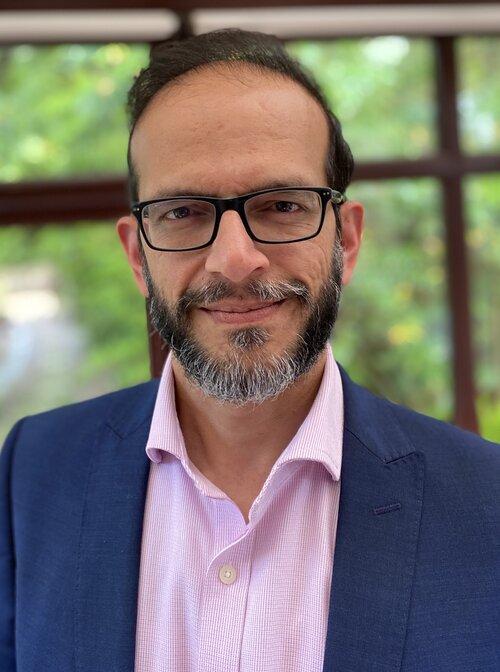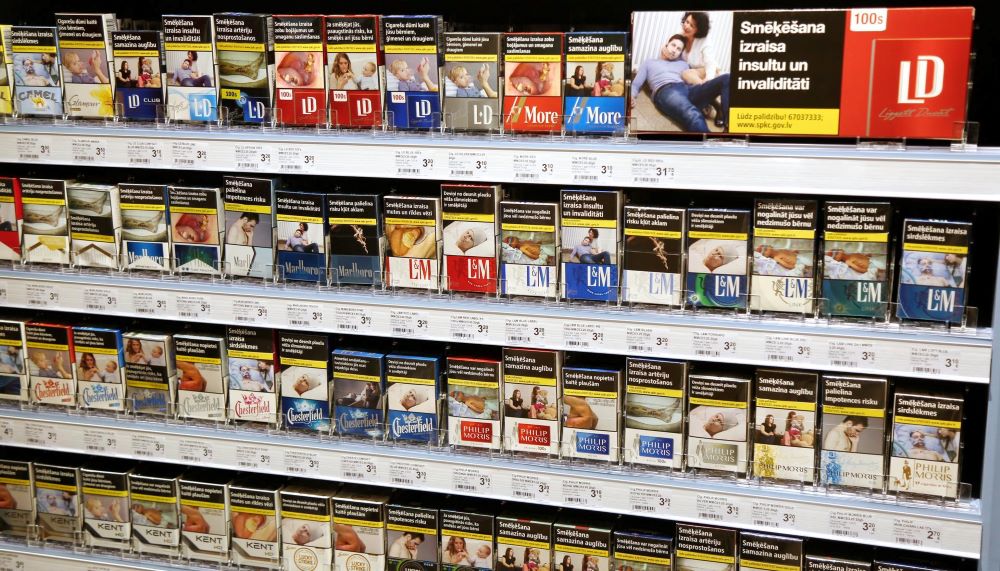
With its Omni tool, BAT has released a dynamic, science-based guide to tobacco harm reduction.
By Stefanie Rossel
The concept of tobacco harm reduction (THR) dates back to at least 1976, when Michael Russell made his famous statement that people smoke for the nicotine but die from the tar and suggested that altering the ratio of tar to nicotine could be the way to safer smoking. Almost 50 years on, there is an extensive array of less hazardous alternatives to combustible cigarettes, but misconceptions about nicotine and reduced-risk products (RRPs) continue to be so pervasive that the R Street Institute last year even published a list with the 10 most common misperceptions, arguing that over the past decade, an overwhelming onslaught of misinformation from academics, media outlets and public health agencies had created confusion and significantly slowed THR activities.
BAT has set out to overcome these misunderstandings with a new tool. At its first-ever Transformation Forum, which took place in London in September, the company introduced Omni, an evidence-based, accessible and dynamic knowledge resource that shows how science and innovation can converge to achieve a smokeless world.
Under its “A Better Tomorrow” strategy, the company aims to migrate adult smokers who would otherwise continue to smoke from cigarettes to smokeless products and to ultimately consign cigarettes to the dustbin of history. On its transformation journey, however, the company has faced several challenges, including the rejection of THR by key regulatory bodies and nongovernmental organizations, markets that prevent the sale of RRPs, onerous regulatory frameworks that hinder innovation, skepticism toward industry research as well as the already-mentioned misperceptions about nicotine and the relative risks of combustion-free products.

Omni, BAT states on its website, is intended to be a compendium of information that underpins the company’s corporate and scientific strategy and offers insights into the work being done at BAT to achieve a world without cigarettes. “The world’s first-of-its-kind resource, Omni explains why THR should be a prominent component of the public health strategy on tobacco,” says James Murphy, director of research and science at BAT. “It draws from hundreds of independent scientific studies, BAT’s own research into its smokeless innovations, and examples of THR in action globally. Beyond that, Omni serves as a dynamic platform for thoughtful, constructive conversations with stakeholders rooted in evidence, where open dialogue around THR is not just welcomed but encouraged.”
Omni differs from BAT’s Science website, which focuses on the innovations driving the company’s business, Murphy points out. The Science website “serves as a hub for publishing data and peer-reviewed research on our smokeless products such as Vuse, VELO and Glo. The website also provides insights into our global research and development network, which comprises 1,750 R&D specialists across eight different sites worldwide. The emphasis here is on showcasing the science behind our products rather than facilitating discussions on THR policy,” says Murphy.
Engaging All Stakeholders

Omni is targeted at scientists, public health authorities, regulators, policymakers and investors, and it aims to spur a dialogue across the wider scientific and regulatory ecosystem related to tobacco and nicotine products. Across nine chapters, it addresses the big questions that the company and the tobacco industry in general are confronted with, among them classics such as what exactly tobacco harm reduction means, whether smokeless products are a gateway to cigarette smoking or what the role of flavors in smokeless tobacco and THR is.
“We believe that open and constructive dialogue with a broad range of stakeholders is crucial for accelerating the decline in global smoking rates,” says Kingsley Wheaton, BAT’s chief corporate officer. “It is incumbent on regulators, scientists and policymakers to review the scientific and real-world evidence on THR and engage in dialogue on how to encourage smokers to switch completely to smokeless alternatives with a reduced-risk profile. Unfortunately, there are few spaces where these groups can review such evidence and reach common ground on THR science to drive progress.”
According to Wheaton, Omni demonstrates that the evidence in support of THR is growing daily. “Sweden, which is on the brink of becoming smoke-free, has the lowest adult smoking rates and lung cancer deaths in Europe, which has attributed to the availability, affordability and increased use of smokeless tobacco and nicotine products,” he says. “Yet there is still significant debate on whether THR strategies should be used to reach global smoke-free targets, and more countries are restricting the sale of smokeless alternatives. Our hope is that Omni becomes the platform to engage these stakeholders so that we can create whole-of-society solutions and build smarter regulation that allows THR to flourish.”
BAT plans to make Omni, which is also available as a PDF download, a fully online, dynamic resource in the coming months. “With THR research rapidly evolving, we want Omni to reflect the latest evidence in support of THR,” says Wheaton. “A team of scientists will regularly update Omni by assessing and collating new academic research, including BAT’s latest peer-reviewed evidence. Omni will both push out information and pull in insights, but the ultimate goal is to create a platform for dialogue. That’s why we are inviting anyone who shares our belief that a smokeless world is possible—and even those who don’t agree with us—to interrogate the evidence and join us on our journey to ‘A Better Tomorrow.’”
Major Milestone
BAT will be introducing new tools and technology-enabled platforms to facilitate the interrogation of the latest science and real-world experience of tobacco harm reduction, Wheaton says. “For example, it gives us the opportunity to develop a tech-driven Omni tool to give stakeholders in the THR policy debate more access to our evidence-based answers to the big questions facing our sector and society.”
“Omni is not a broadcast channel for BAT to talk about tobacco harm reduction,” he stresses. “Our ambition is for Omni to be a platform for a necessary conversation with stakeholders rooted in evidence—a manifesto for change and a call to action, backed by high-quality science and real-world evidence.”
Omni, Murphy explains, is the result of a major scientific effort, involving over 60 contributors and writers. “It covers products that involve around 9,800 global patents and cites more than 600 pieces of external evidence. This comprehensive compendium reflects over a decade of research—both our own and independent studies—into THR, and we have included the very best of published industry science for assessing the risk profile of smokeless products. We’re incredibly proud of this achievement, and as we’ve said, this is just the beginning.”
“The launch of Omni marks a major milestone in our transformation toward a smokeless world, and we’re excited about the progress it represents for both us and the industry. By 2030, we aim to have 50 million adult consumers of our smokeless products, and by 2035, for smokeless products to make up at least 50 percent of our global revenue,” says Wheaton. “The ultimate goal we are working toward is a fully smokeless business, hopefully in a fully smokeless world. We believe Omni will be instrumental in achieving this vision, and we’re eager for the next chapter.”






























